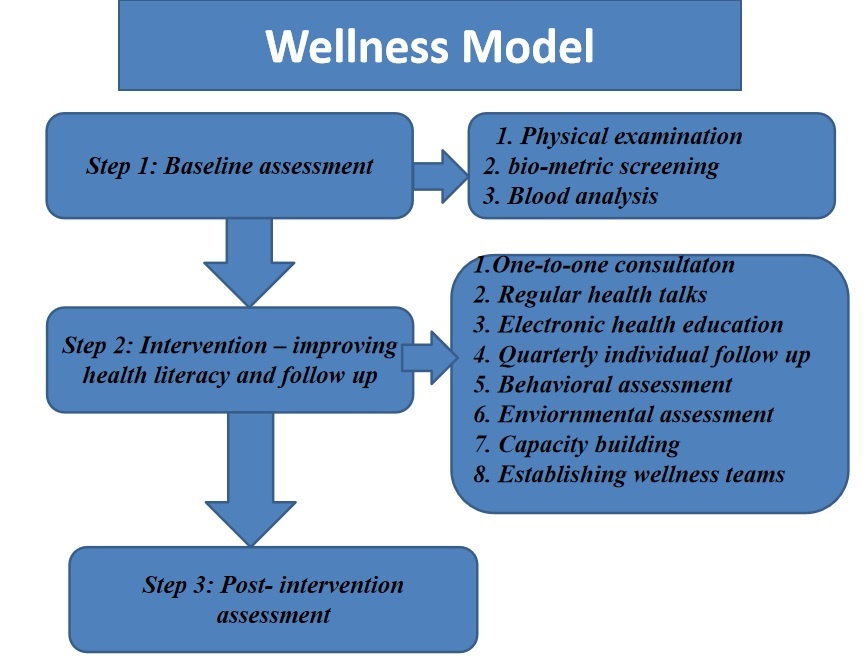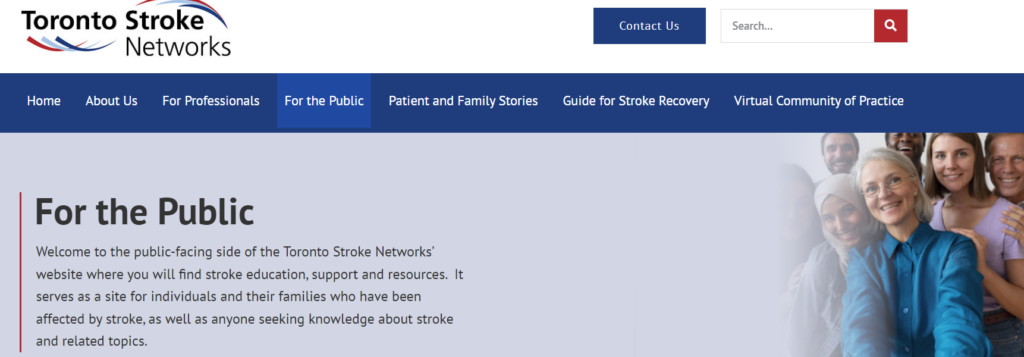Workplace wellness programs not only detect those at risk of getting a stroke and coronary heart disease but prevent occurrence also. Overall, these interventions promote general well-being.
As a general measure, the strategy is one of the cost-effective interventions of health promotion.
How?
Employees spend most of their time in the workplace throughout the most productive period of their lives. Carrying out wellness programs yield many dividends not only to themselves but employers and society at large also. The program managers too can save their valuable time, money, and limited resources because the workplaces gather apparently healthier individuals into one place.
Therefore, well-known advocacy organizations promote employee wellness programs. The American Heart Association is one of them.
Return – on-investment is very high
The benefits of workplace wellness programs do not limit to stroke or coronary heart disease prevention. Research shows that the return-on-investment on workplace wellness programs is very high. Just consider one facet of workplace wellness programs – weight reduction.
Workplace weight management programs that achieve 5 percent weight loss would reduce annual medical cost and absenteeism costs by 90 $ per overweight employee.
Components of a workplace wellness program
A workplace wellness program usually employs a multi-modal strategy. These are as follows:
1. Screening for risk factors, interventions, and follow-up
As highlighted in the Geoffrey Rose seminal paper on “sick individuals and sick populations”, screening for risk factors bring many advantages;
- The screening easily attracts both employees, employers, as we ll as health professionals.
- The follow-up actions and results are quick because those who are at risk can be sent for immediate intervention.
- The motivation levels among all stakeholders are high and hence lifestyle modifications for them could potentially be successful.
Screening for weight, aerobic fitness levels, tobacco use, dietary habits, blood pressure, blood sugar, heart health, and lipid profile is the most common screening activities. These tests are done at the worksite. The findings are used to assess current and future risk levels for non-communicable diseases, particularly for coronary heart disease, diabetes, and cancer.
Health screening is always coupled with relevant referrals for further assessments, follow-ups, and medical interventions.
An example framework for a workplace wellness program
Following is a conceptual framework that I created to implement a workplace wellness program in Sri Lanka in 2015. This program is continuing to date and we, as a group, presented some of its findings as a poster at the 2016 Sri Lanka Medical Association Annual sessions.


Behavior change interventions
These interventions are aimed at everyone regardless of their individual risk status. It may consist of include interactive health education sessions, individual or group counseling sessions, promotive educational materials – electronic or otherwise, and creating supportive environments to sustain behavior changes. Supportive environments can be created by ways of providing incentives – financial or otherwise, formulating policies such as healthy food policy, etc.


